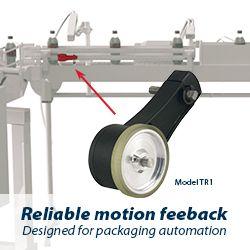Hot Jobs Study Reports IT a Top Industry
Machine Covers & Way Protection
ST Robotics Offers New Super-Fast Robot Arm
Brainstorm the Future
Rethink Robotics Releases Intera 5: A New Approach to Automation
Robots Took My Job but I Don't Care
Special Tradeshow Coverage for ATX West 2017
Upcoming Tradeshow, Conference & Exhibition Summary - February - April 2017
Robotmaster Reduces Outsourcing, Increases Production and Profitability
Japan's Rust Belt Counting on Robonomics to Run Assembly Lines
BERNSTEIN: China's insane spending on robotics is fundamentally changing capitalism
Robotics startup Exotec raises $3.5 million to help warehouses pack and dispatch goods using mini robots
Meet the robot whisperer who trains "big, monstrous, industrial robots" to follow her every command
Dual Check Safety Improves Stop Position Prediction
RR Floody's Powerful New Flexible Feeder System Pairs Mitsubishi Electric Robot and Cognex Vision System
Records 1006 to 1020 of 1241
First | Previous | Next | Last
Factory Automation - Featured Product

